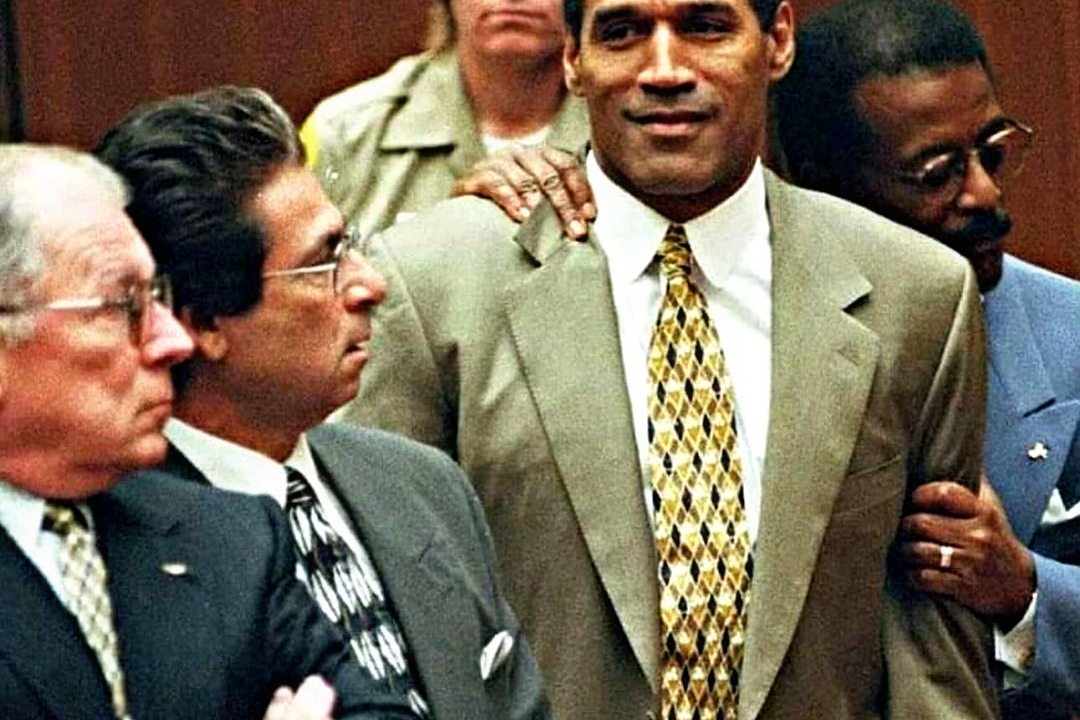The O.J. Simpson trial, widely known as “The Trial of the Century,” remains one of the most pivotal and controversial legal battles in modern history. Spanning from 1994 to 1995, the case captivated audiences worldwide, blending elements of celebrity culture, racial tensions, and legal drama. At the heart of it all was Orenthal James Simpson, a celebrated NFL athlete turned actor, whose life was irrevocably changed when he was accused of the brutal murders of his ex-wife Nicole Brown Simpson and her friend Ronald Goldman.
This trial wasn’t merely a legal proceeding; it became a national spectacle, sparking debates that extended beyond the courtroom. In this article, we delve into the intricate details of the O.J. Simpson trial, exploring the events leading up to it, the prosecution and defense strategies, and its far-reaching implications.
The Events Leading to the O.J. Simpson Trial
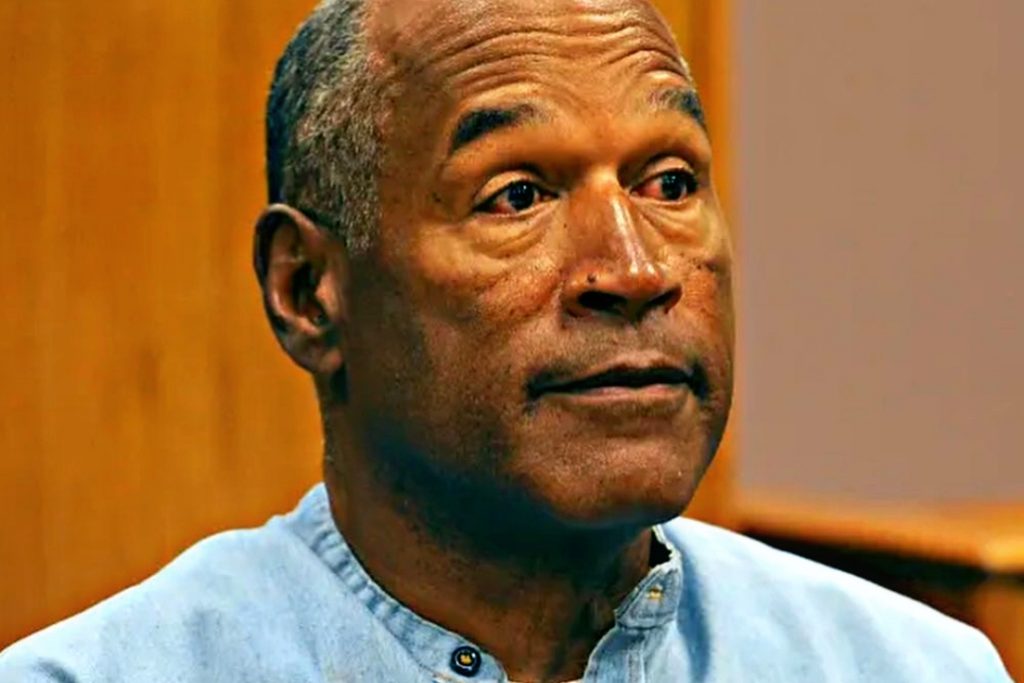
On June 12, 1994, the bodies of Nicole Brown Simpson and Ron Goldman were discovered outside Nicole’s Los Angeles residence. The scene was horrifying—both victims had suffered multiple stab wounds, and the evidence suggested a violent confrontation. Nicole was the ex-wife of O.J. Simpson, and their relationship had been marred by allegations of domestic abuse.
From the outset, Simpson was a prime suspect. Evidence mounted quickly: a trail of blood led from the crime scene to Simpson’s home; bloody footprints matched a rare shoe that Simpson owned; and a blood-stained glove was found on his property.
Four days later, the world witnessed one of the most surreal moments in American media history. A slow-speed chase unfolded on live television as Simpson, a passenger in a white Ford Bronco driven by his friend Al Cowlings, evaded authorities. The spectacle captivated over 95 million viewers, ending with Simpson’s arrest at his home.
The Prosecution’s Case of O.J. Simpson Trial
The prosecution, led by Marcia Clark and Christopher Darden, presented a case built on physical evidence and a narrative of domestic violence. They argued that the murders were premeditated, the culmination of O.J. Simpson Trial history of jealousy and abuse toward Nicole.
Key Evidence Presented by the Prosecution
- DNA Evidence
- Blood matching Simpson, Nicole, and Goldman was found at multiple locations, including the crime scene, Simpson’s car, and his home. At the time, DNA technology was relatively new, but its implications were clear: Simpson’s blood was present where it shouldn’t have been.
- The Gloves
- A key piece of evidence was a pair of leather gloves—one found at the crime scene and the other at Simpson’s property. Both gloves had traces of blood from the victims and Simpson.
- History of Domestic Abuse
- The prosecution detailed Simpson’s abusive behavior toward Nicole, including police reports and recordings of 911 calls. They argued that this history demonstrated his motive and capacity for violence.
- The Timeline
- Witnesses and evidence placed Simpson near the crime scene around the time of the murders, suggesting he had both the opportunity and means to commit the crime.
The prosecution’s case appeared strong, but it faced significant challenges, particularly in a racially charged atmosphere where the defense sought to shift the focus to systemic issues within the Los Angeles Police Department (LAPD).
The Defense’s Strategy
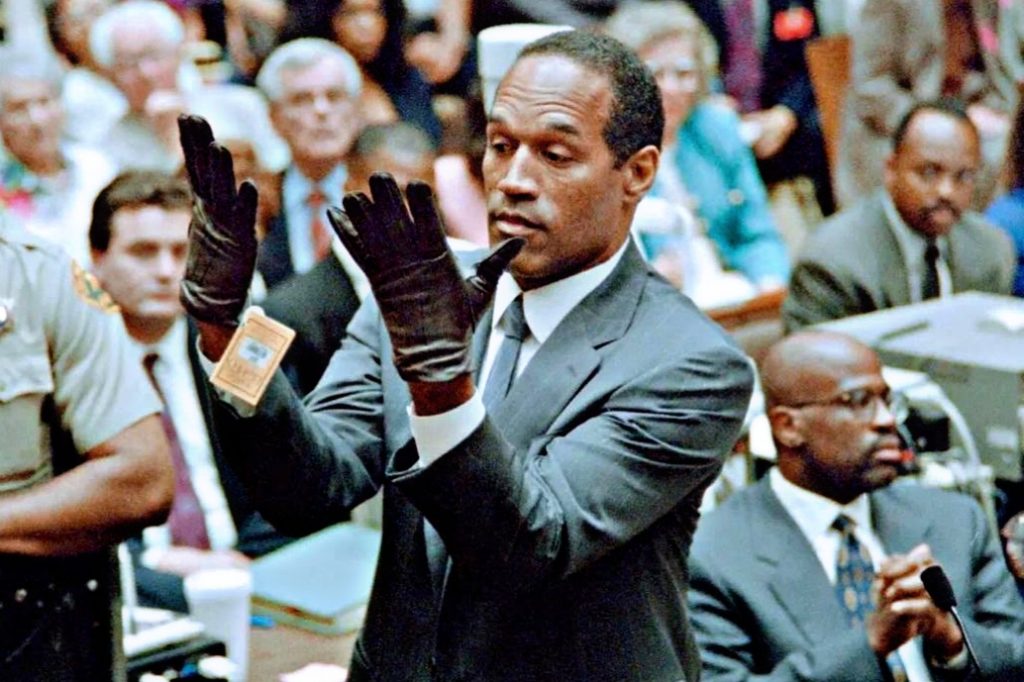
O.J. Simpson Trial defense team, famously known as the “Dream Team,” included some of the most prominent lawyers of the time: Johnnie Cochran, Robert Shapiro, F. Lee Bailey, Alan Dershowitz, and Barry Scheck, among others. Their strategy revolved around creating reasonable doubt by attacking the credibility of the LAPD and the handling of evidence.
Key Arguments by the Defense
- Racial Bias and Police Misconduct
- The defense alleged that the LAPD, particularly Detective Mark Fuhrman, was racially biased. Fuhrman, a key figure in the investigation, had a history of making racist remarks, which the defense used to argue that he may have planted evidence to frame Simpson.
- Contaminated Evidence
- The defense scrutinized the collection and handling of DNA evidence, suggesting that it had been contaminated or tampered with.
- The Glove Demonstration
- In one of the trial’s most dramatic moments, Simpson was asked to try on the leather gloves in court. They appeared too tight, leading to Cochran’s now-famous phrase: “If it doesn’t fit, you must acquit.”
- Alternative Suspects
- While the defense did not formally accuse anyone else of the murders, they hinted at the possibility that others, potentially linked to drug activities, could have been responsible.
The defense’s narrative was persuasive to the jury, particularly given the backdrop of deep mistrust between the African American community and the LAPD.
Media Frenzy and Public Reaction
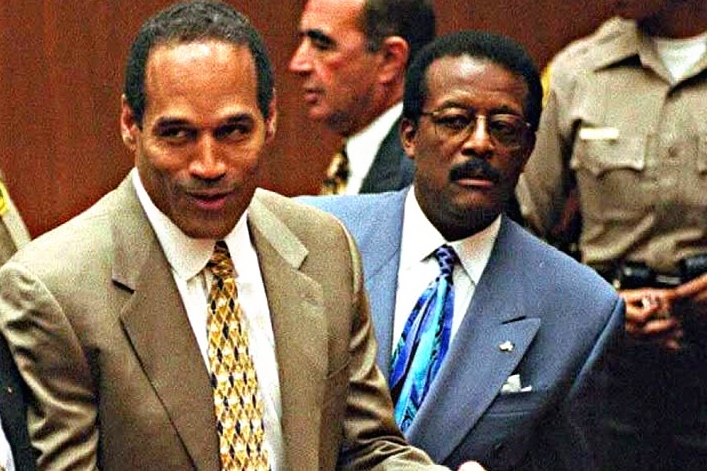
The O.J. Simpson trial unfolded in an era where 24-hour news was becoming the norm. Televised gavel-to-gavel coverage turned the courtroom into a stage, and the public became engrossed in every detail, from forensic testimony to the personal dynamics between attorneys.
Public opinion was sharply divided, often along racial lines. Many African Americans viewed the trial as a referendum on systemic racism within law enforcement, while many white Americans saw it as a clear-cut case of guilt overshadowed by celebrity influence.
The Verdict of O.J. Simpson Trial
On October 3, 1995, after just four hours of deliberation, the jury delivered its verdict: O.J. Simpson Trial was acquitted of all charges. The decision was met with shock, jubilation, and outrage, depending on one’s perspective.
The acquittal highlighted the racial and societal tensions in America, as polls showed stark differences in how different racial groups perceived the verdict.
Civil Trial and Subsequent Legal Troubles
In 1997, the families of Nicole Brown Simpson and Ron Goldman filed a wrongful death lawsuit against Simpson. This civil trial, which had a lower burden of proof, concluded with a jury finding O.J. Simpson Trial liable for the deaths and awarding $33.5 million in damages to the plaintiffs.
O.J. Simpson Trial legal troubles didn’t end there. In 2007, he was involved in a robbery in Las Vegas, attempting to recover memorabilia he claimed was stolen. Convicted on charges of robbery and kidnapping, Simpson was sentenced to 33 years in prison but was released on parole in 2017.
Impact and Legacy of the O.J. Simpson Trial
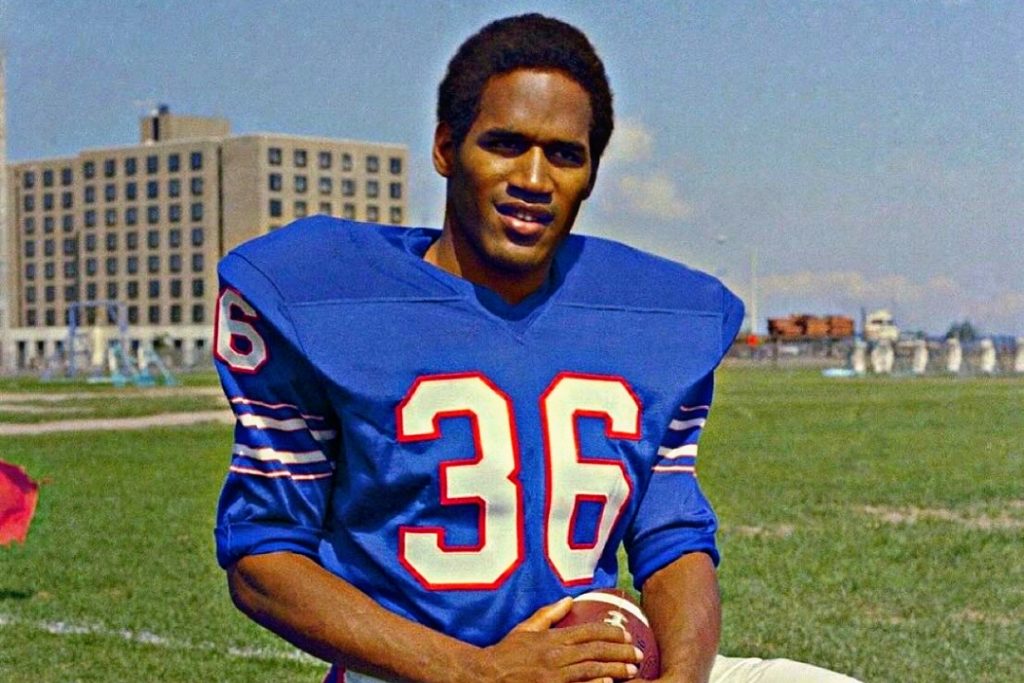
The O.J. Simpson trial remains a landmark in American legal and cultural history. Its impact can be seen in multiple areas:
- Racial Tensions
- The trial underscored the deep mistrust between African Americans and law enforcement, sparking national conversations about race and justice.
- Media’s Role in Justice
- The case highlighted the growing influence of media on public perception of legal proceedings, raising questions about fairness and impartiality.
- Advancements in Forensics
- The trial brought DNA evidence into the mainstream, showcasing its potential while also exposing the challenges of explaining complex science to jurors.
- Awareness of Domestic Violence
- Nicole Brown Simpson’s death became a rallying point for advocates against domestic violence, leading to increased awareness and policy changes.
Conclusion
The O.J. Simpson trial is more than just a legal case; it is a reflection of the complexities of American society, where issues of race, celebrity, and justice intersect. Decades later, it continues to be studied, debated, and referenced as a pivotal moment in the nation’s history.
The trial raised fundamental questions: What role does race play in the pursuit of justice? How does fame influence legal outcomes? And how does society reconcile a verdict that remains divisive to this day? While answers to these questions may differ, the O.J. Simpson trial endures as a powerful reminder of the fragility and complexity of justice in America.

